The Independent's journalism is supported by our readers. When you purchase through links on our site, we may earn commission.
How to discover the real France
With 1.5m football fans expected to visit for the Euros, followed by the annual holiday crowds, France is poised for a busy summer. But whether you’re there for football or fun, there’s still scope for discovering an authentic flavour beyond the busy bistros and stadia
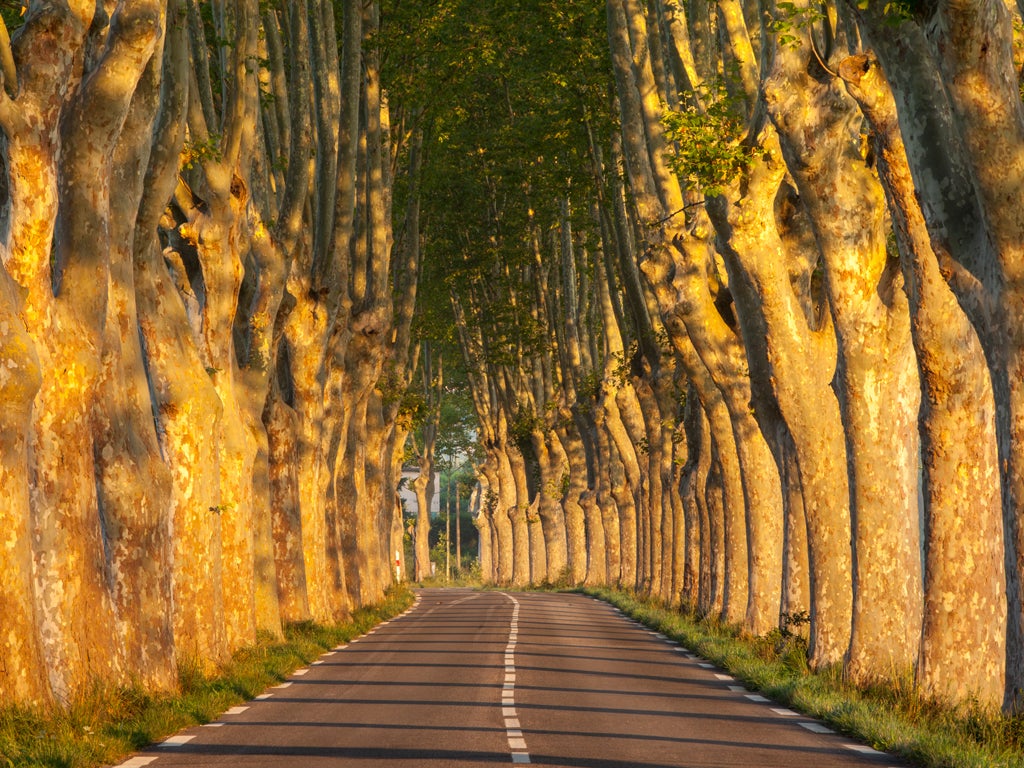
Café with culture
Drinking a coffee on a sunny terrace should be part of every visit to France, but if you choose your café wisely, it will come with a side-order of local tips and information. Cafés in either the Bistrot de Pays, or the Café de Pays schemes serve as information hubs in rural areas where there may not be a tourist information office. So sit down, order a coffee and quiz le patron on all the best things to see and do in the area (bistrotdepays.com). Listings for Cafés de Pays are also on individual tourist board websites.
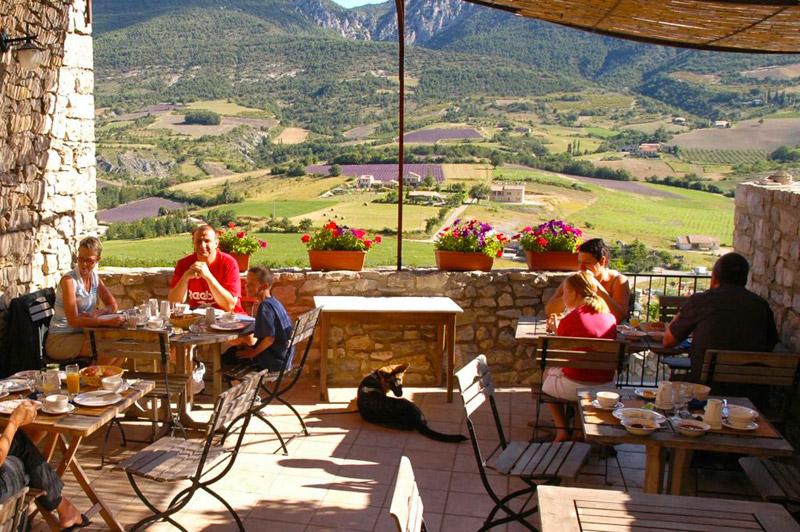
Greet the locals
We all know the best people to introduce you to the highlights of any destination are the locals, and in France the Greeters network – built on a community of local volunteers – is thriving. This scheme aims to introduce visitors to locals, whether they be students or retired residents, who will tailor a walking tour of their home town or area according to your particular interests. The website currently lists walks available in the Euros host cities – just fill in your details and preferences and wait for a Greeter to respond (greeters.online).
Service station alternative
Many of France’s “aires” or service stations are far superior to British motorway stop-offs (fuel shortages notwithstanding), but better still are the communities known as the Village Étapes, found either five minutes or five kilometres from the French motorways. To qualify, the village must offer certain services such as toilets, a garage, bakery, grocery shop and cash machine, as well as hotels, B&Bs and/or campsites and, very pleasantly, somewhere to park in the shade (village-etape.fr/le-label).
Peek behind closed doors
Fancy a nose around some of France’s finest private abodes? Every September (this year, 17-18 September), some 17,000 private châteaux, palaces, churches, town halls, banks and government buildings open their doors to the public for the weekend as part of the Journées du Patrimoine event. This gives locals and visitors the chance to see behind the doors of some of France’s most closely guarded heritage sites, including the Élysée Palace – the President’s residence (though expect to queue). Check local tourist office websites to see which buildings will open in the area you are visiting. Most are free of charge, and those that do charge entry will usually have other attractions, such as entertainment or fireworks (journeesdupatrimoine.culturecommunication.gouv.fr).
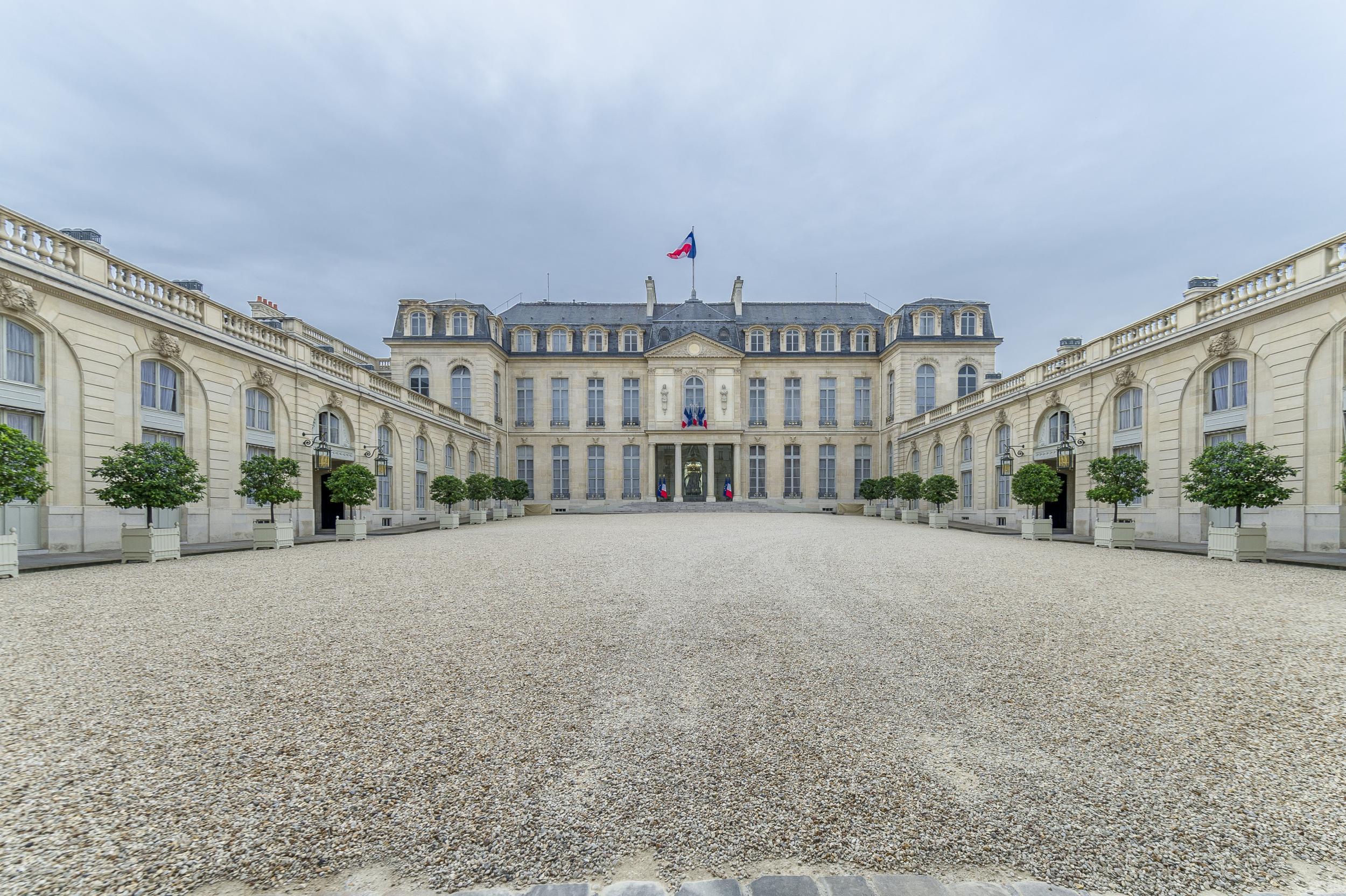
Join the celebrations
The French love a festival and are prone to celebrating everything from giants (at the Fêtes de Gayant in Douai, near Lille, bit.ly/FetesGayant) to carrots (the Fête de la Carotte, in Créances, Normandy, manchetourisme.com) and pretty much everything else in-between. To track down a weird and wonderful custom in the area you’re visiting, ask at the tourist office or keep an eye out for posters and banners. What you can guarantee, whichever one you attend, is a jolly mix of locals in traditional costume, music and dancing, a lot of food and wine, and almost certainly a “confrerie” – a guild dedicated to whichever foodstuff is being celebrated – dressed in their traditional garb.
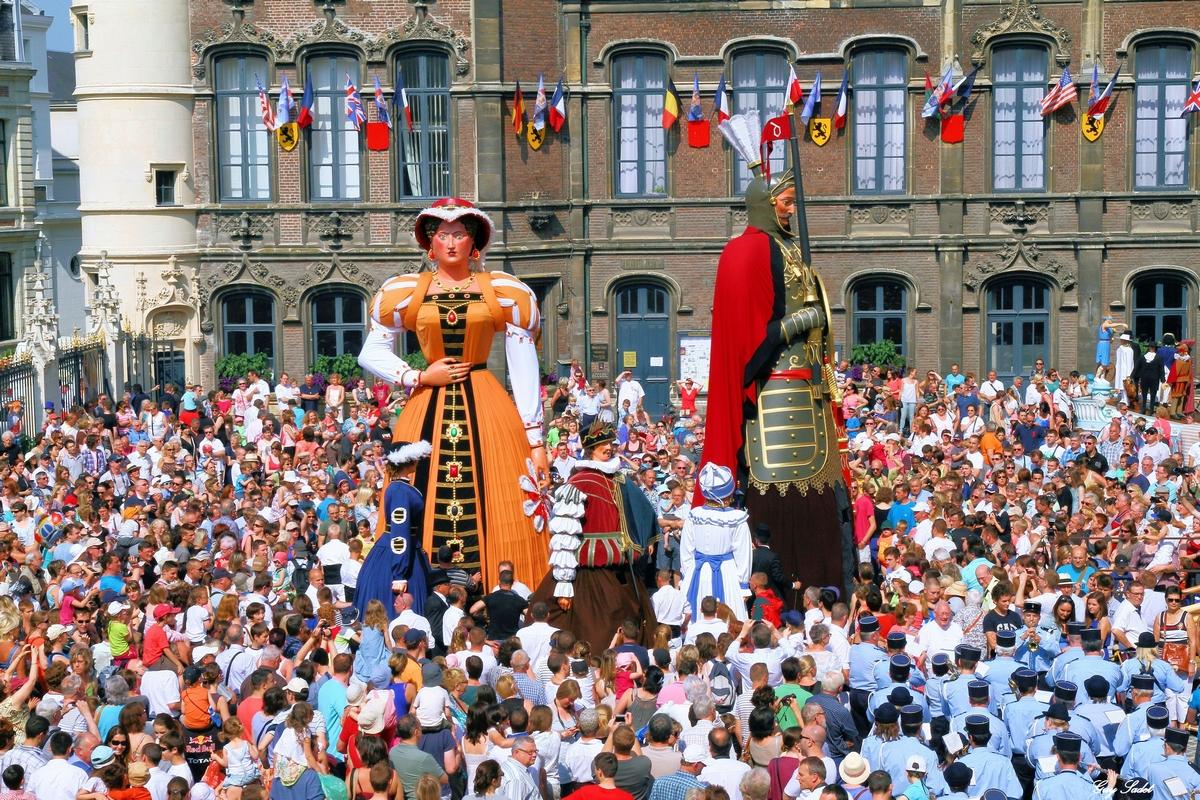
Go boating
A boating holiday is a great way to see unspoiled areas of France as you cruise down the canals, often miles away from any roads. While the most renowned waterways are the Canal du Midi and those in Burgundy, you can also try other lesser-known routes in areas such as the Jura, Mayenne or Charente. What’s more, they’re a great way for a group of friends or a family to travel together. See Nicols (boat-renting-nicols.co.uk) or Le Boat (leboat.co.uk) for rental ideas.
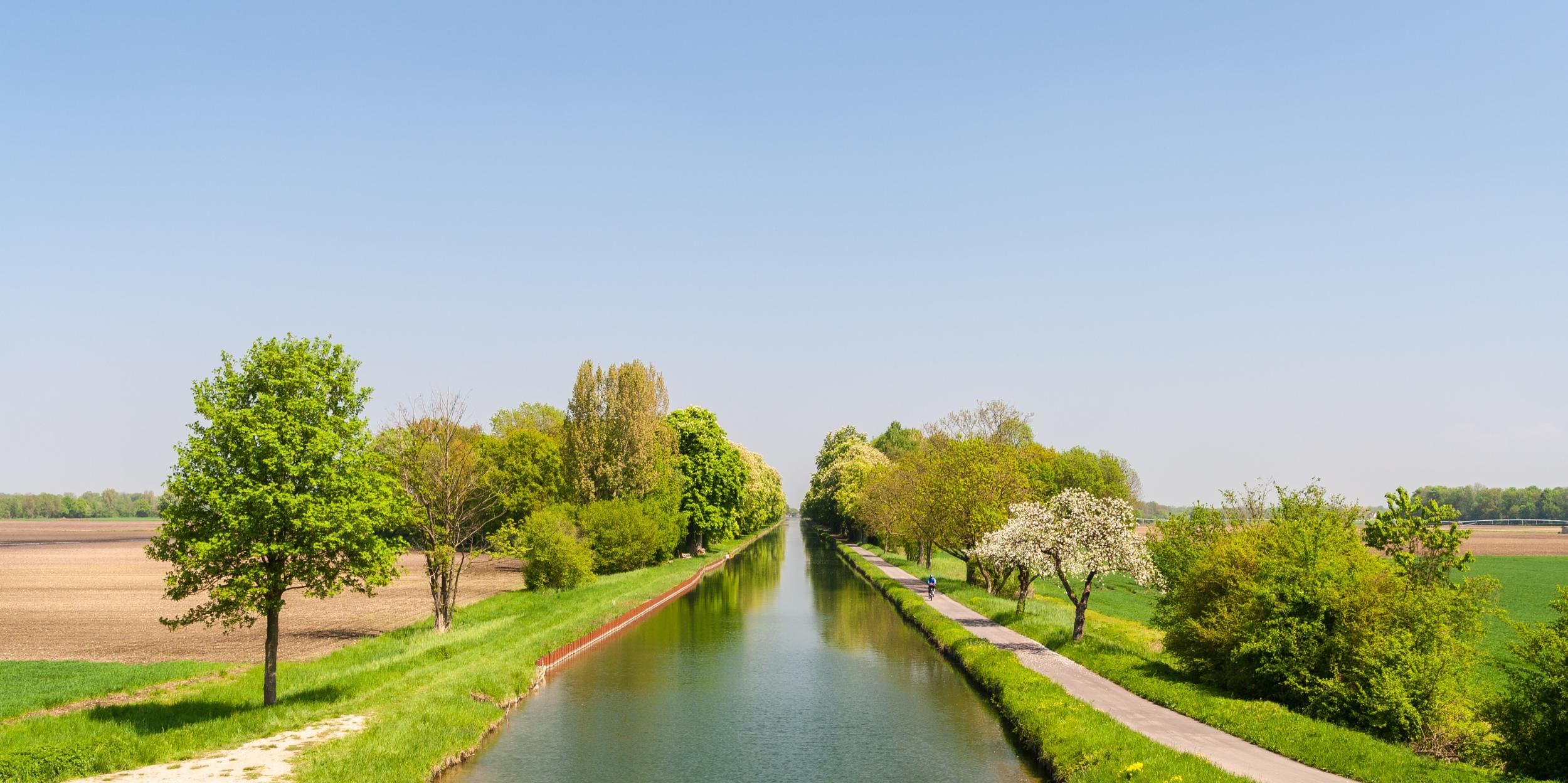
Stay in a chambre d’hôtes
France’s answer to the B&B is a wonderful way to meet a friendly host, enjoy some local cuisine and get the low-down on the area. While some are resoundingly rustic, there are plenty of boltholes to rival the most stylish hotels. Try le Château de Briottières a delightful family-run château just north of Angers, with huge double rooms from €165 (00 33 2 41 42 00 02, briottieres.com). See also Gîtes de France, which also covers self-catering and camping (en.gites-de-france.com).
Eat at a table d’hôtes
Going hand-in-hand with the chambres d’hôtes is the table d’hôtes, which translates as “the host’s table”. Guests are invited by the owner of the B&B or hotel to enjoy a set evening meal and dine with them, or – for more than one set of guests – they will talk you through each course as it is served giving anecdotes about the local cuisine.
Sleep somewhere unusual
The French have embraced the notion of “glamping” with gusto. Throughout France you’ll find hundreds of yurts, treehouses, gypsy caravans and other charming abodes located in gorgeous, natural settings. Some are quirkier than others, for instance a lodge built to resemble a cow in Burgundy (divertiparc.com). There are plenty more listed on canopyandstars.co.uk and hebergement-insolite.com/quirkyinns.

Take the B roads
Zipping through France on its excellent motorways is a great way to get from A to B, particularly since fuel strikes have subsided, but for a more leisurely, scenic route take the French equivalent of the B-road. The departmental routes have the letter D in their name and as, a general rule, those with a higher number will be quieter, eg D111 will be quieter than the D1. What’s more, by using a Michelin map (Michelin was founded on the idea of searching out France’s most enjoyable spots, travel.michelin.co.uk), you’ll see that the prettiest roads have green shading alongside the route. The most impressive locations, be it a gorgeous village or an impressive château, are highlighted by one, two or three stars depending on their wow factor. So put away the satnav and plan your road trip the old-fashioned way.
Get on a bike
You don’t need to be built like Chris Froome to get around France on two wheels; there are plenty of gentler routes known as Voies Vertes (green ways) on which to pootle along at your own pace. Designed exclusively for those on bikes, roller-skates or mobility scooters, they provide a gentle route along an old railway route, a river or canal or through the countryside. In general, the Voies Vertes are away from roads making them great for cycling with children (en.francevelotourisme.com). Another useful resource for planning a cycling trip is freewheelingfrance.com.
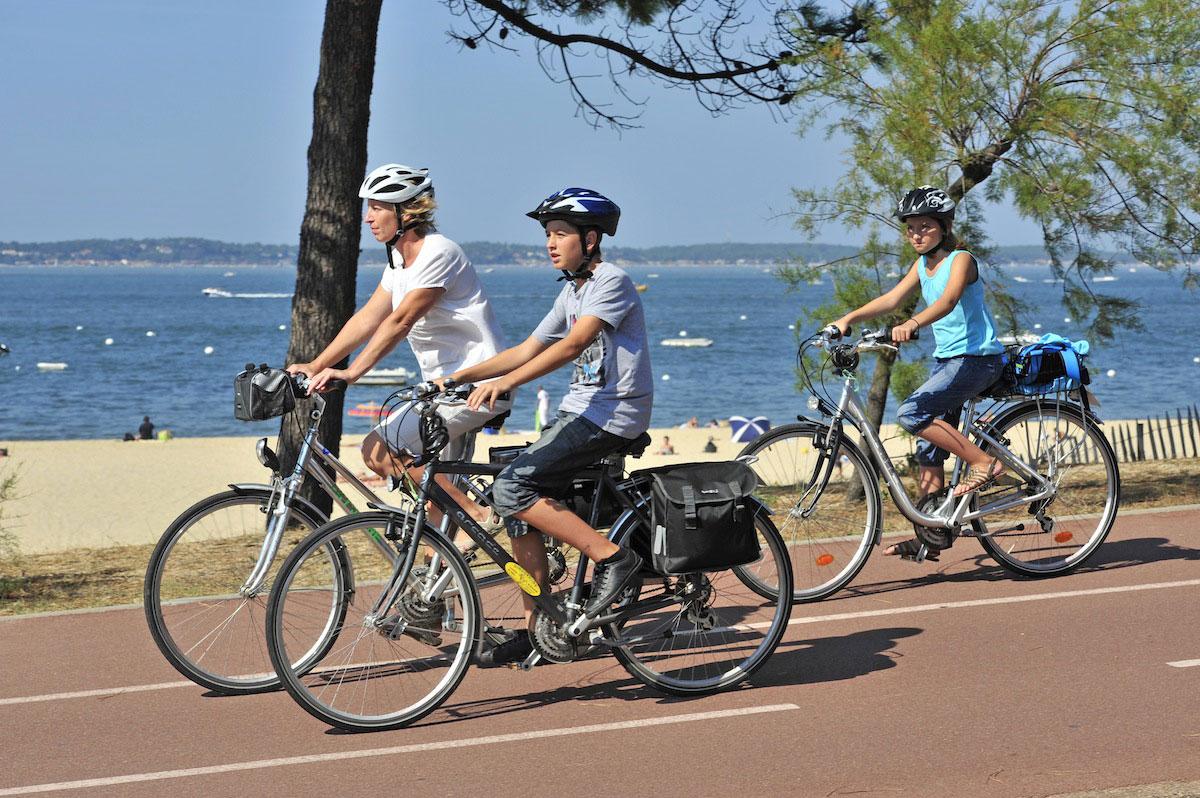
See a quirky museum
While a new breed of mega museum, such as Bordeaux’s Cité du Vin, are enticing visitors through the doors via impressive architecture, there are plenty of charming little museums that tell the story of a region or local person’s passion. Among the quirkiest are the corkscrew museum in Ménerbes in Provence (domaine-citadelle.com/le-musee) and the Magic Museum in Paris (museedelamagie.com).
Choose your tipple
Put aside your habitual G&T and search out the local aperitif, digestif or eau de vie at local markets, delicatessens and supermarkets. Most regions have their own favourite tipple, whether it be kir (crème de cassis and white wine) in Burgundy, a glass of delectable pineau de charentes in the area around Cognac or the moreish pommeau in Normandy. It’s often possible to tour distilleries, where you can learn more about the drink and taste samples of their many variations. Try Cassissium (cassissium.fr) in Nuits-Saint-Georges or Maison Lillet (lillet.com) in Podensac, south of Bordeaux.
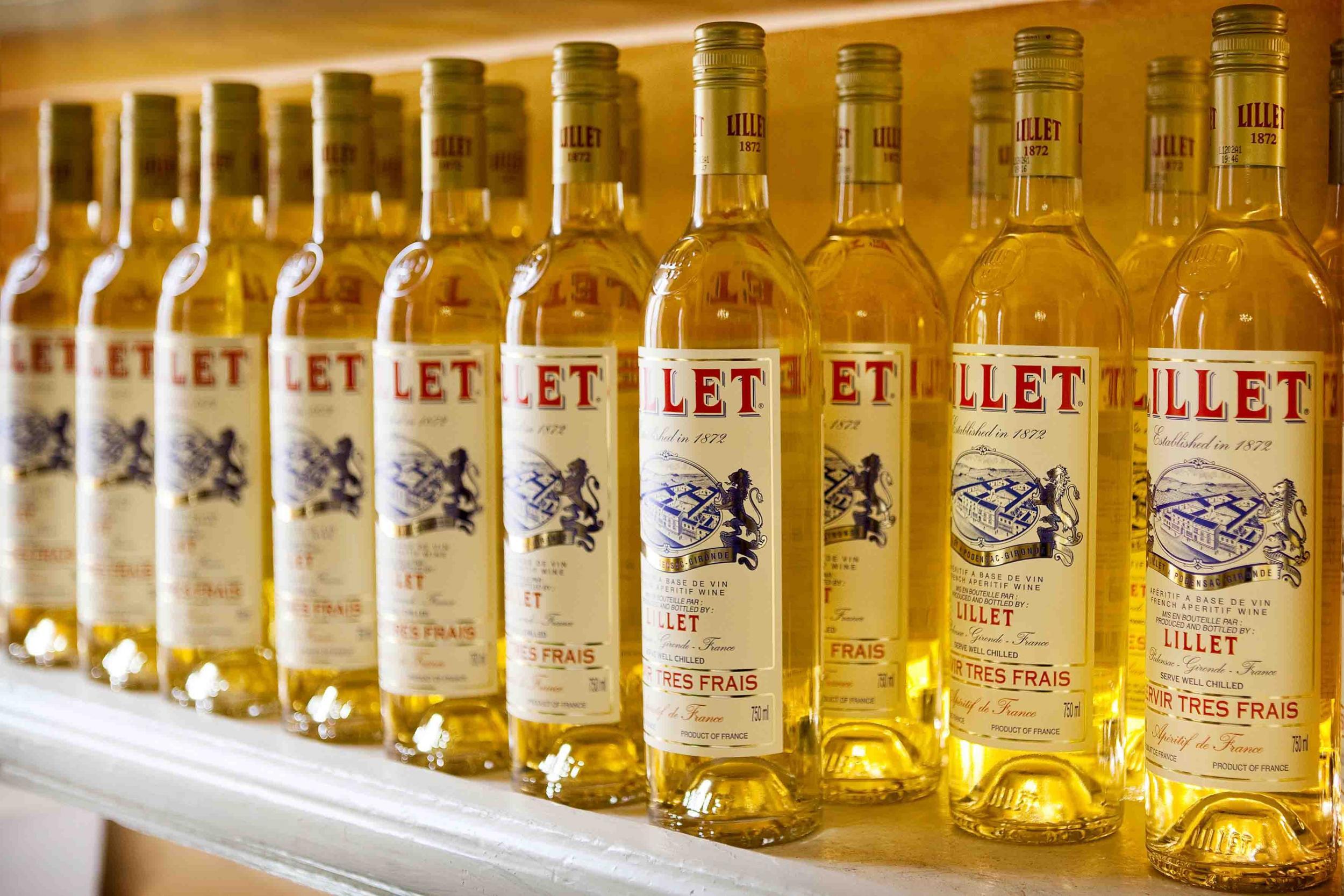
Walk a GR trail
Strap on your walking boots and strike out on one of France’s Grand Randonnée, or GR trails. These mammoth walking routes will take you through some of France’s most dramatic scenery or historic sites, with waymarked paths and accommodation en route. Among the toughest – but also most breathtaking – is the GR20 in Corsica (you can walk it with the help of KE Adventure, keadventure.com) which takes you through some of the island’s most rugged mountains, grassy plains and past glacial lakes. Meanwhile, the GR10 in the Pyrénées takes you from the Atlantic coast to the Mediterranean across green pastures, rocky peaks and then down to the heathland as you near the south coast (Walks Worldwide runs a guided trip, walksworldwide.com). A full list of the routes can be found at ffrandonnee.fr.
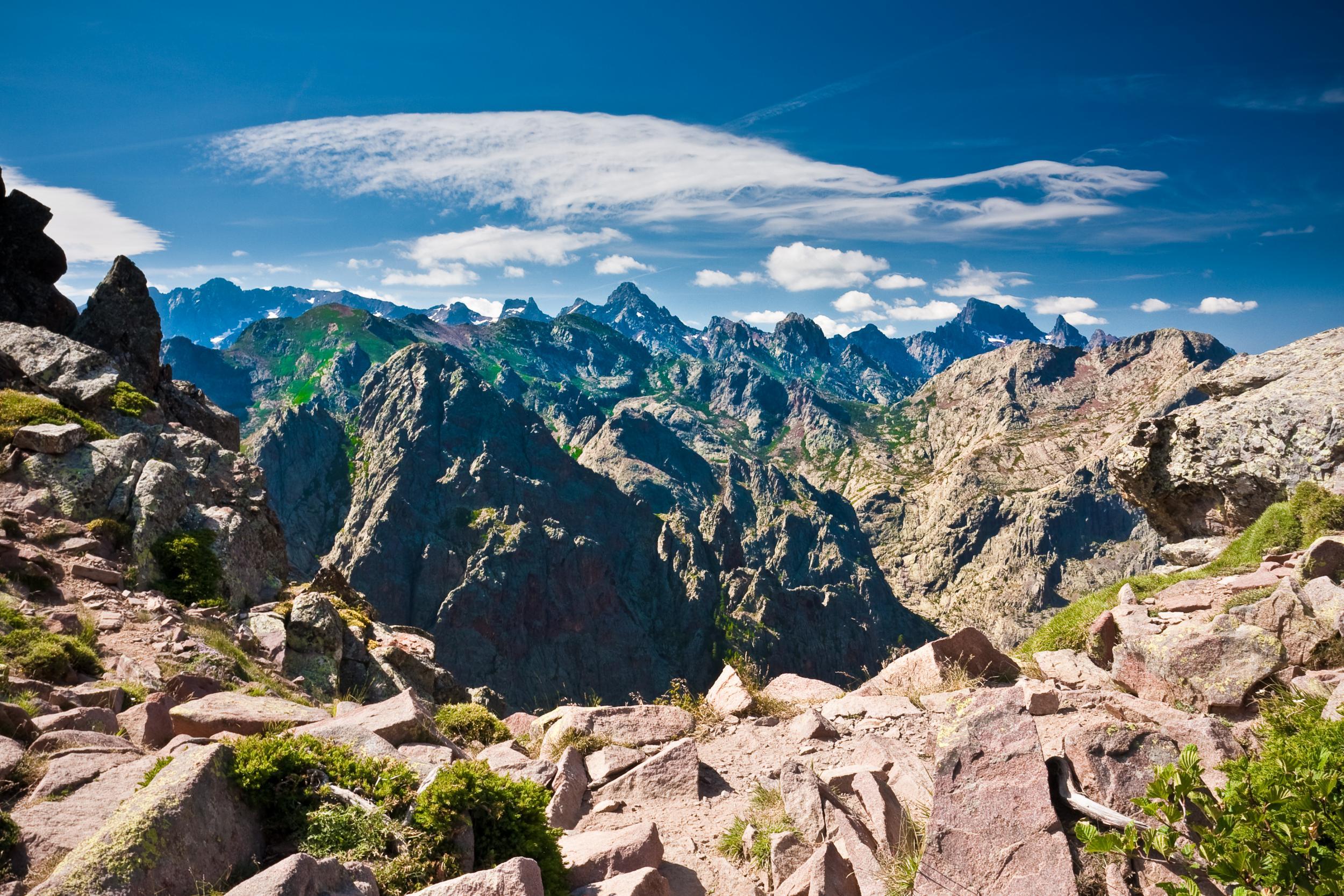
Join our commenting forum
Join thought-provoking conversations, follow other Independent readers and see their replies
Comments
Bookmark popover
Removed from bookmarks